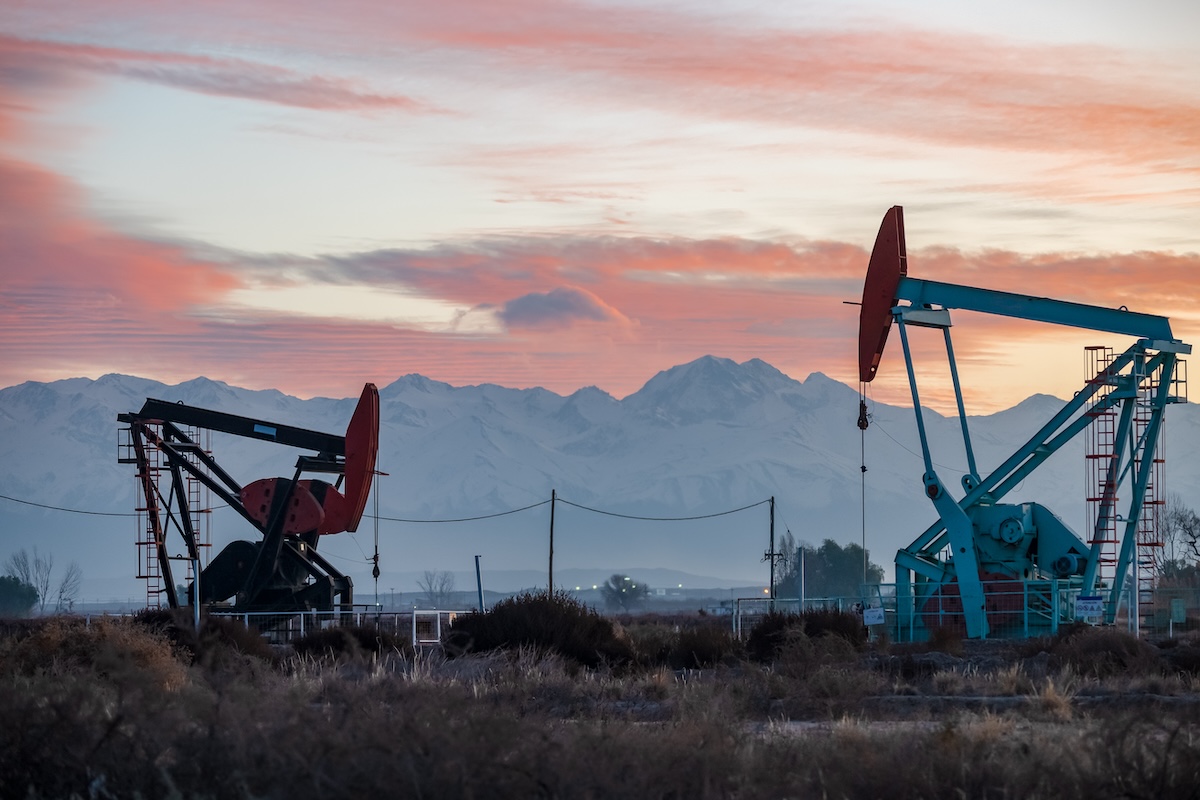The global energy landscape is in the midst of a significant shift, with many leading oil producers hampered by economic sanctions and geopolitical tensions. As a result, Argentina has emerged as a formidable player in crude oil markets. While Venezuela and Brazil have traditionally dominated South American oil, Argentina’s high-quality crude exports are increasingly drawing the attention of international buyers, particularly in Asia and Europe.
Here are the top three reasons why:
1. Premium Quality Crude
What sets Argentine crude oil apart is its exceptional technical profile. The country’s primary oil grade, particularly from the Vaca Muerta shale formation, features low-sulfur content and favorable density characteristics.
These properties make Argentine crude highly attractive to refiners, and global buyers are taking notice. Low-sulfur content requires less processing to produce premium products like gasoline and diesel fuel. This advantage can translate into both lower emissions and cost savings, ultimately benefiting the end consumer.
There is a surge of interest from international investors due to the quality and potential capacity of Argentina’s crude oil production. But from a market perspective, Argentine crude oil is still a relatively nascent investment opportunity. That will change quickly.
In September 2024 alone, oil produced from the Vaca Muerta formation accounted for more than half of Argentina’s total production. Vaca Muerta’s unique geological makeup, including organic-rich source rock, has the potential to support sustained high-quality drilling. Experts estimate that the formation contains more than 16 billion barrels of recoverable shale oil.
2. Expanding Production Capacity
Since 2021, Argentina’s crude oil production has increased by 50%, and market data reflects this upward trajectory. In part this is due to the expansion of pipeline networks, removing bottlenecks that previously limited the country’s ability to reach international markets. In 2023, Argentina’s government launched the first phase of a nation-wide initiative to increase local production. The plan included a gas pipeline from Vaca Muerta to Buenos Aires, improving local transportation capacity across the country.
Challenges remain, of course. Argentina’s energy sector requires significant capital investment for further development, and the country’s historical economic volatility has previously deterred international investors. Nonetheless, the country’s proven reserves, combined with ongoing exploration activities, suggest substantial growth potential, and forecasts project Argentina’s oil and gas market to reach a valuation of over $34 billion USD by 2031.
3. Strategic Geography
Argentina’s geography offers unique advantages for petroleum exports. From Atlantic ports like Bahía Blanca, Argentine crude can efficiently reach European markets through established shipping routes. Pacific access through agreements with Chile’s ports enables cost-effective distribution to Asian markets, where demand for clean-burning fuels is strong.
This dual-ocean access gives Argentina the flexibility to adapt to international markets’ pricing dynamics or demand shifts and it provides a natural hedge against regional disruptions. If Atlantic routes face constraints from weather or other issues, Pacific alternatives remain viable, ensuring stable export flows. Access to both routes helps to maximize crude revenues while minimizing transportation costs.
Looking Ahead
Argentina’s emergence as a key player in global energy markets appears increasingly likely, despite capital investment challenges. The combination of premium-quality crude, expanding production capacity, and strategically advantageous geography set the country apart. As global demand for high-quality petroleum products continues to evolve, Argentina is poised to play a growing role in shaping tomorrow’s energy markets.


